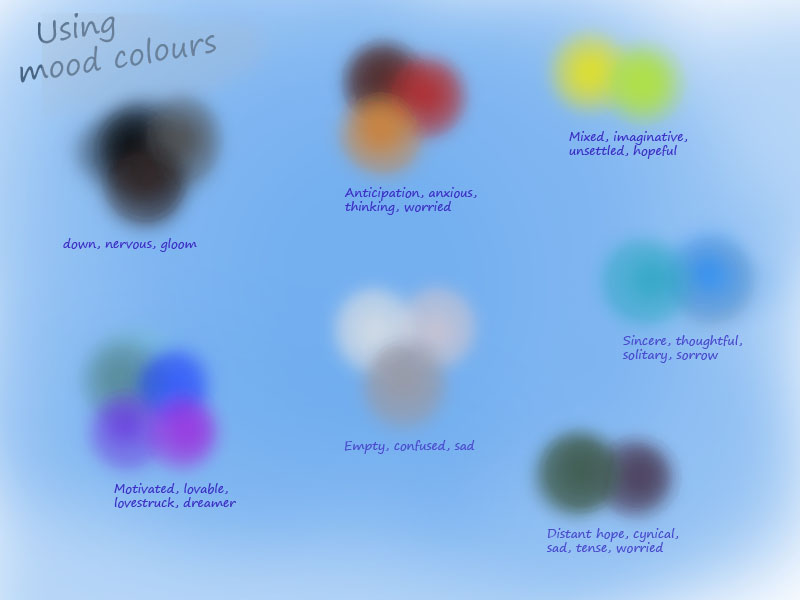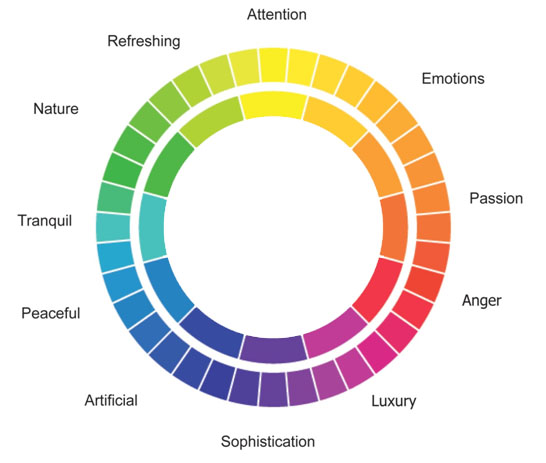


Researches have shown that in the first few months of life, a newborn baby can only see primarily in shades of black, grey and white. By three months of age, most babies are able to see color, with a preference for bright primary colors.Īround the age of 6-8 months, a baby’s color vision is well developed. It is during this time that you’d better to introduce a different color scheme into your child’s nursery for your toddlers to benefit from colors brain stimulation. A colored play arch to be hanged on the cradle, for instance, is perfect for this goal because of the colorful dangling play pieces that stimulate baby’s vision. Middle school children enjoy colors like greens and blues, while high school students prefer darker colors like gray or navy. To organize their colored space, keep in mind that young children are attracted to warm and bright colors, while elementary-aged children prefer pastels. Red stimulates brain activity. But if overused, it can be very distracting and often triggers hunger. Green is very relaxing and is associated with nature, creativity and fertile thinking. Yellow heightens concentration, but it also can be very overpowering. Cool hues cause the body to produce calming chemicals. Generally, warmer colors like orange and yellow bring happiness, while cooler colors like blue and green tend to have a calming effect. I t is often a matter of finding the right combination of colors in nursery or school rooms to crate the most suitable learning environment for them.īlue increases productivity. When color is transmitted from the eye to the brain, this one releases a hormone affecting the emotions, mind clarity and energy levels. Scientific studies demonstrate that colours affect the brain and the entire central nervous system as well. This depends on the color skill to affect human beings’ perception of the world around.
COLOR MOODS CHART ELEMENTARY FULL
Children display their full potential for learning in colorful rooms. Colors and MoodĬolor is an important component for designing the educational spaces of children. For instance, green is connected with nature and blue with sadness. Teaching colors and deeper meaning we associate to them means to give children more elements for the decoding of the environment in which they are inserted in. Sure enough, bright colors are also known to have deeper associations. The next step is linking colors with the deeper meaning we assign to them. Children can learn the association between red and danger, for instance, through the meaning behind traffic lights. For instance, they often associate red with apples, yellow with sun, blue with sky etc. Exposing a baby to different shades of colors can help them make important connections and expand their vocabulary, because colors help to assess, estimate and define an object. Ĭhildren learn from a young age to associate colors with particular objects. Ĭolors are some of the earlier words they tend to learn and a means they can use for learning. It’s important to incorporate them into their daily activities, because children remember colors better than verbal cues. So, combining content with colorful visuals improve your child’s memorization. Ĭolors can influence children mood too. So, from their rooms to the rucksack, you have to pay attention on the color’s choice!Īccording to research studies, color carries critical importance in the development of children’s cognitive skills.


Not only colors send signals to the brain to make them (and us) hungry or calm or anxious, but they also have the power to distract a child or enhance a child’s learning potential. Colors are everywhere and we all love them.ĭo you know that colors can affect human beings in various way as creativity, productivity learning and emotions?Ĭhildren can be more sensitive to colors, affecting their reaction to the environment.


 0 kommentar(er)
0 kommentar(er)
